Speaker
Description
The Belle-II experiment with its e+e− collisions allow observations of exotic states, complementa- ry to those in heavy-ion collisions as for example at LHCb. The Belle-II detector is commissioned at the SuperKEKB B-Factory in Japan and provides vital conditions for the study of such states. A bound state with six quarks and uuddss-content has strangeness quantum-number (−2) and would be the lightest six-quark state. Prime candidates for this composition are the H-Dibaryon and the Sexaquark ‘S‘. Theoreticians have predicted them for decades, but no experiment to date could demonstrate their existence. A neutral spin-0 state with six quark above 2.05 GeV and below 2.23 GeV, would decay via the weak-interaction into Λpπ−, which is what recent QCD-calculations point towards. In contrast to that, a uuddss-state mass below 2.05 GeV would be light enough to be stable. The S would not couple to pions and be much more compact than usual baryons. The increase in luminosity targeted by Belle-II will help further constrain the upper limits on these channels, which is the main goal of this analysis. The reconstruction of H → [Λ → pπ] pπ− and its selection using Machine-Learning techniques will be described and its performance discussed. Since both six- quark state candidates include Λs in the decay-channel, they are of major interest. Furthermore, an overview of the detector setup will be given.

